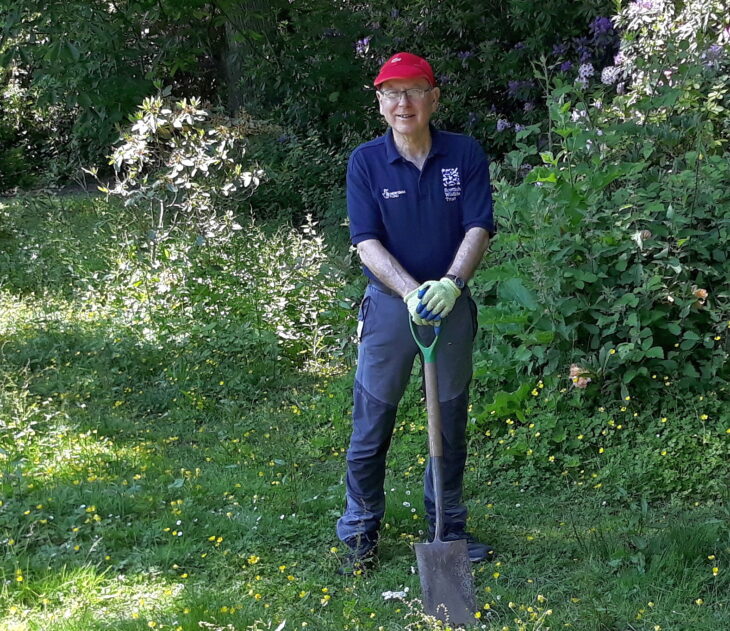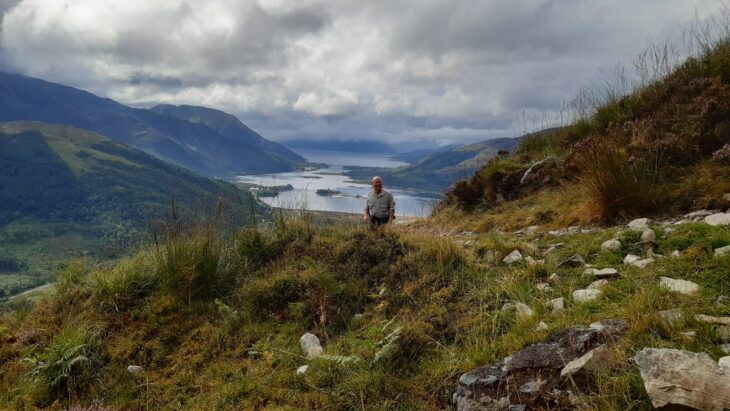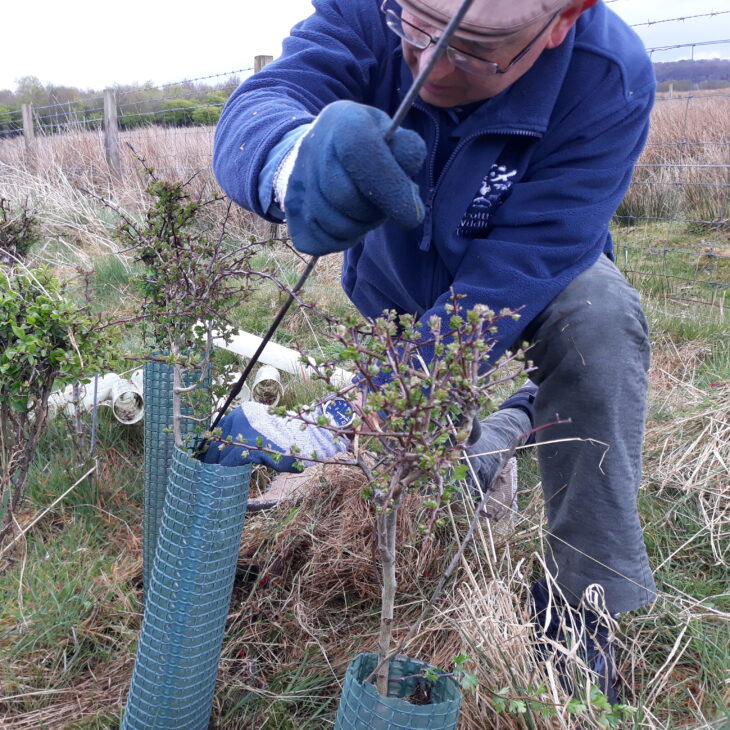Nature Stories – Ian Young
During Scotland’s Year of Stories, the Scottish Wildlife Trust is publishing a series of first-hand accounts from people who have faced barriers connecting to nature.
In this story, Ian Young details how engagement with the natural world has strengthened him during periods of serious illness and convalescence.

Discovering that you have a life-threatening illness comes as a shock, even when you thought you were prepared to hear bad news. The first detail was actually reassuring: “It’s a chronic condition, which most patients die with rather than of.” Two cheers then. A more thorough investigation revealed that “it is an aggressive form, but eminently treatable”. One cheer?
The proposed treatment regime was uninviting: monthly chemotherapy, which would lay me low for two weeks out of four and separate me from people, activities and places that I rediscovered I loved when faced with isolation.
This separation made some of the more obvious physical discomforts of illness more difficult to bear in that there were no distractions available. It also incentivised recovery. I thought: “When I am well, I can breathe fresh air again.”

While much of my working life has been spent in factories and offices, I have always valued nature and the prospect of returning to it kept me going during the dreary days and discomfort.
But what I hadn’t expected was to find nature alive and kicking while being treated. The first hint was the discovery that an oystercatcher nested in the pebbles outside the outpatients’ department. Those in the know would look out for her and her brood, rooting for them as we walked the corridors.
Chemotherapy was delivered in a third-floor ward and I was delighted when a goldfinch appeared unexpectedly at the window. I commented on it to the nurse, who looked a bit blank and went off to confer with a colleague. I suppose I could have been hallucinating but, even if I was, it was life-affirming.
The treatment held the disease at bay for a couple of years, long enough to complete my outstanding Munros. But the disease recurred and I faced hospitalisation for a bone marrow stem cell transplant and the protracted recuperation that follows.
I was lucky enough to be given an isolation room with a view that included woodland. During recovery, I watched the rooks and jackdaws come and go from their roosts; they provided reassurance that life continued, despite my temporary absence.
Recuperation was a series of small victories punctuated by setbacks such as opportunistic infections. The first walk was the length of the drive, the second a foray into the park for a few hundred metres. The first hour on the hill came a month or so later. After six months, I could manage half a day and volunteer for the Scottish Wildlife Trust’s Ayrshire local group that covers my region.

Whether my engagement with the natural world was for minutes, hours or days, I was strengthened by it; not just by the clichéd beauty of sunsets or flowers, but by the detail of a leaf or an insect, the irritation of a nettle sting or the battle to regain strength and stamina while wrestling with a redundant fence.
Our natural aesthetic must embrace pleasure and pain, current ideas of beauty and ugliness, of spiders, snakes and viruses as well as cuddly mammals, if it is not to descend into sentimentality.
Five years on, the disease has butted in again. The treatment regime is more benign but is limiting and I need to find life where I can. As I write, I watch a goldfinch at the feeder in my garden and the apple tree from which it hangs is breaking into leaf.
Yesterday, we found a dead bird of prey, a species not previously seen in this neighbourhood; we were happy it was there but sad it was dead. We were planting trees, a few hundred added to thousands at a local reserve where we are helping nature recolonise and repair land damaged by human intervention. Life returns.
Ian Young
This article originally appeared in Scottish Wildlife magazine, Issue 107.
Help protect Scotland’s wildlife
Our work to save Scotland’s wildlife is made possible thanks to the generosity of our members and supporters.
Join today from just £3 a month to help protect the species you love.
Preface
During Scotland’s Year of Stories, the Scottish Wildlife Trust is publishing a series of first-hand accounts from people who have faced barriers connecting to nature. In this story, Ian Young …
